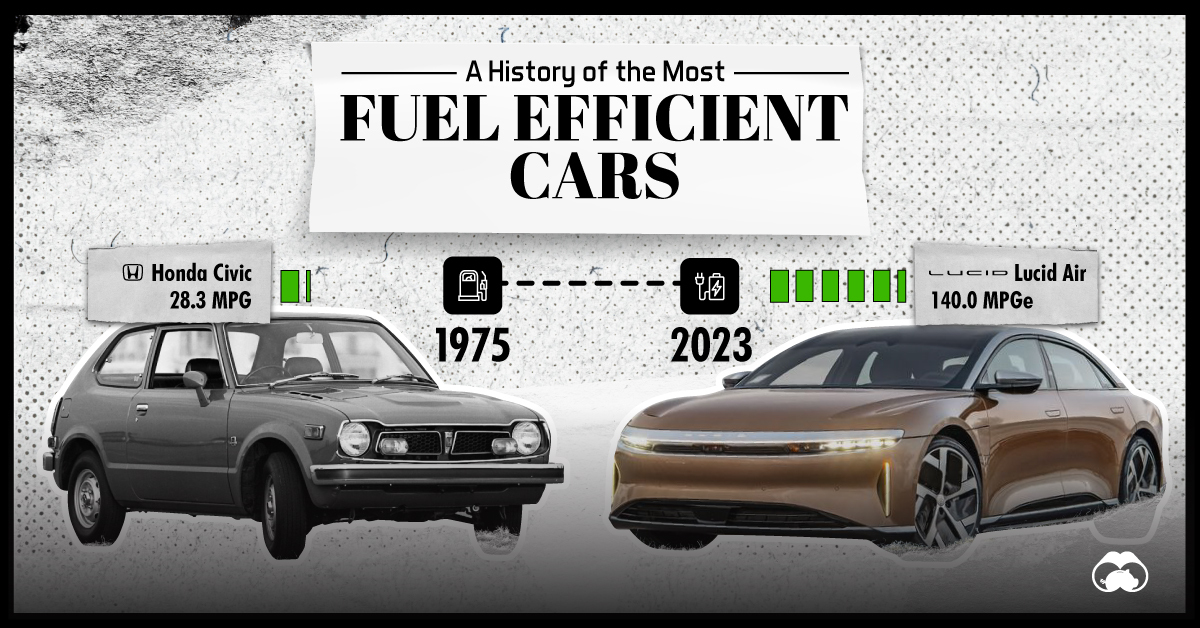Shop At Haya: Your Ultimate Shopping Guide
Discover the best shopping tips, trends, and deals for a smarter buying experience.
Saving the Planet One Mile at a Time
Join the green revolution! Discover how small actions can make a big impact on saving our planet, one mile at a time.
10 Eco-Friendly Transportation Options to Reduce Your Carbon Footprint
As the world becomes increasingly aware of the impact of climate change, adopting eco-friendly transportation options has never been more crucial. Reducing your carbon footprint starts with the choices you make in how you travel. Here are ten options that can help you make a positive impact:
- Bicycles - Cycling not only reduces emissions but also promotes a healthy lifestyle.
- Public Transit - Buses and trains are a much more efficient way to move large numbers of people, cutting down on individual car use.
- Carpooling - Sharing rides with others decreases the number of vehicles on the road and conserves fuel.
- Electric Vehicles - Opting for electric cars helps decrease reliance on fossil fuels.
- Walking - For short distances, walking is the most eco-friendly option available.
- Hybrid Vehicles - These vehicles utilize a combination of traditional fuel and electric power, offering better fuel efficiency.
- Electric Scooters - A fun and efficient way to navigate urban environments while reducing pollution.
- Car Sharing Services - By utilizing shared vehicles, individuals can lessen their transportation impacts.
- Telecommuting - Working from home can significantly reduce the need for transportation altogether.
- Participating in Advocacy - Supporting policies that promote sustainable transportation can amplify your efforts.

How Walking and Biking Can Help Save the Planet
Walking and biking are two of the most effective and environmentally friendly modes of transportation available. By choosing to walk or bike instead of driving, individuals can significantly reduce their carbon footprint, which is crucial in combating climate change. In fact, optimum transportation methods like these can lower greenhouse gas emissions, which contribute to global warming and air pollution. Furthermore, these activities not only benefit the planet but also promote personal health, creating a win-win situation for both the environment and our well-being.
Additionally, incorporating walking and biking into our daily lives can help foster a sense of community and encourage sustainable urban planning. Cities that prioritize pedestrian and cyclist infrastructure often experience reduced traffic congestion and improved air quality. As more people embrace these eco-friendly modes of transport, we can pave the way for greener cities filled with vibrant public spaces and healthier environments. Together, we can make a significant impact on protecting our planet by simply choosing to lace up our shoes or hop on a bike.
What Role Does Public Transportation Play in Environmental Sustainability?
Public transportation plays a crucial role in promoting environmental sustainability by significantly reducing the number of individual vehicles on the road. This shift leads to decreased greenhouse gas emissions and lower overall energy consumption. In urban areas, where traffic congestion is prevalent, public transit systems, such as buses, trains, and subways, can transport large numbers of people efficiently, thereby minimizing the carbon footprint associated with personal vehicle use. According to studies, cities with robust public transportation networks can reduce emissions by as much as 45% compared to those reliant on car travel.
Moreover, the use of public transport encourages a more sustainable lifestyle by promoting density in urban planning, which can lead to reduced land use and habitat destruction. Communities with accessible transit options tend to have less vehicle dependency, which not only benefits the environment but also enhances public health. Regular usage of public transportation decreases the potential for air pollution, subsequently lowering respiratory issues and improving quality of life for residents. As we continue to face the challenges of climate change, investing in and prioritizing public transport remains an essential factor in achieving long-term environmental sustainability.